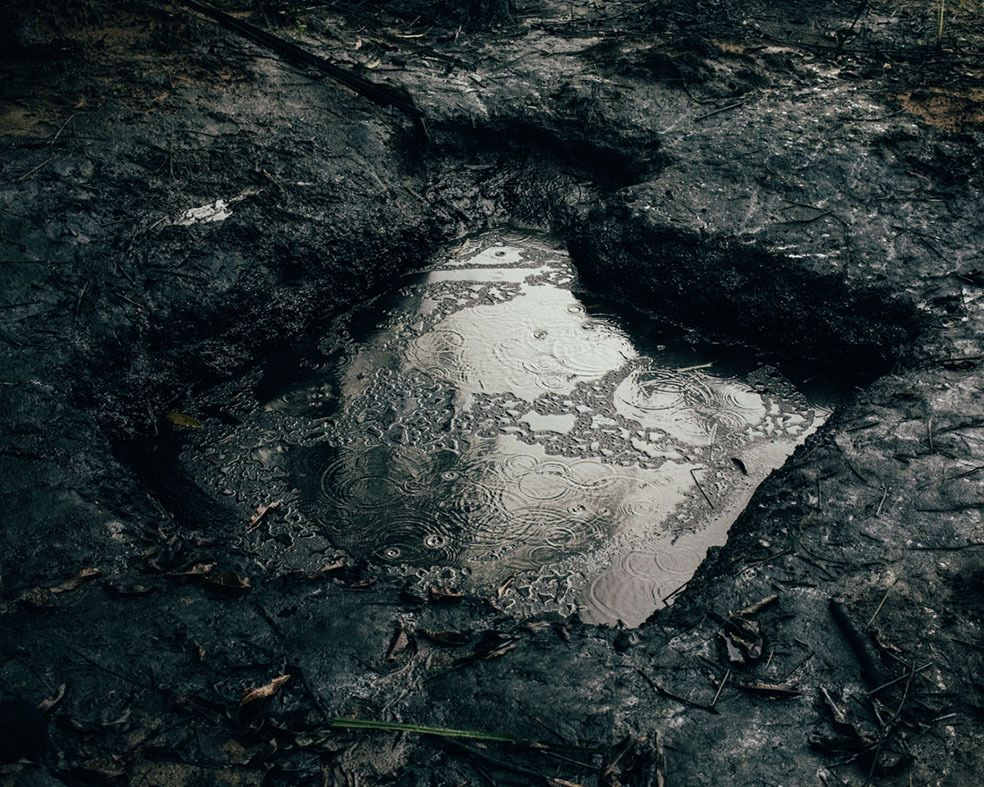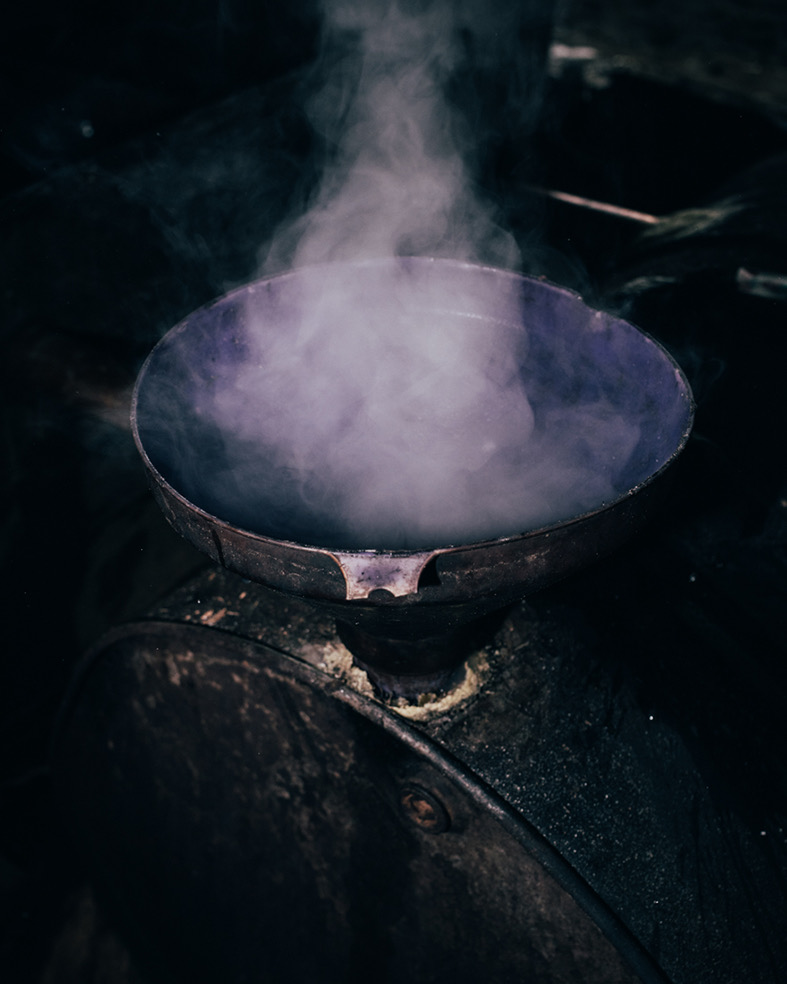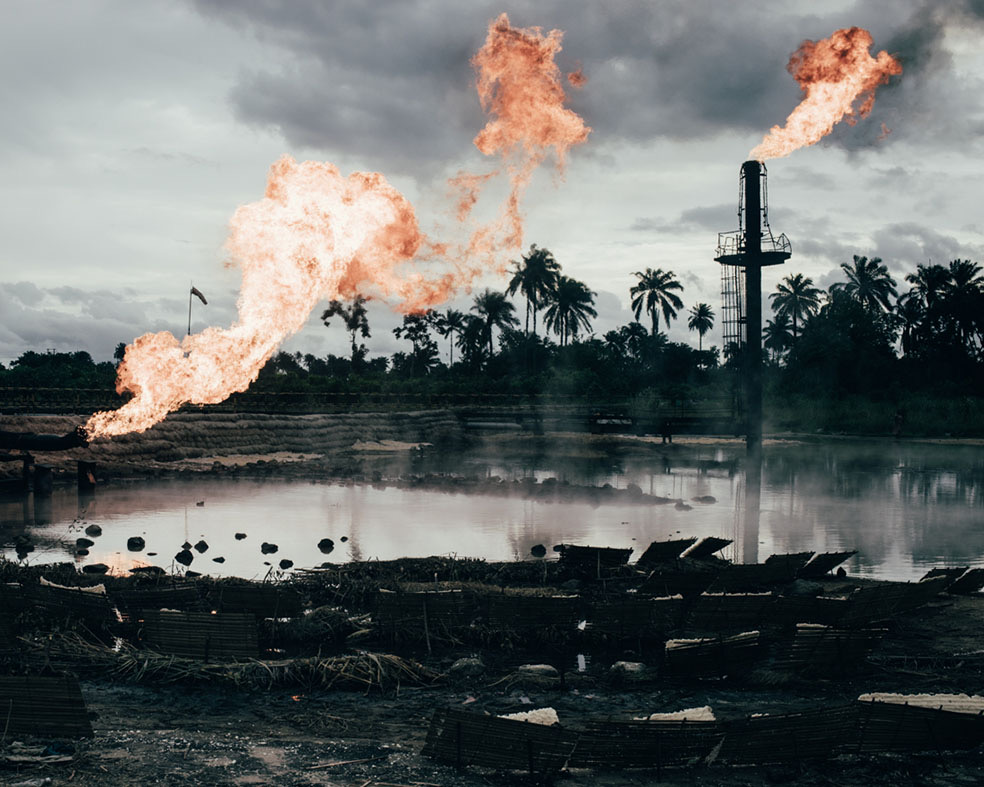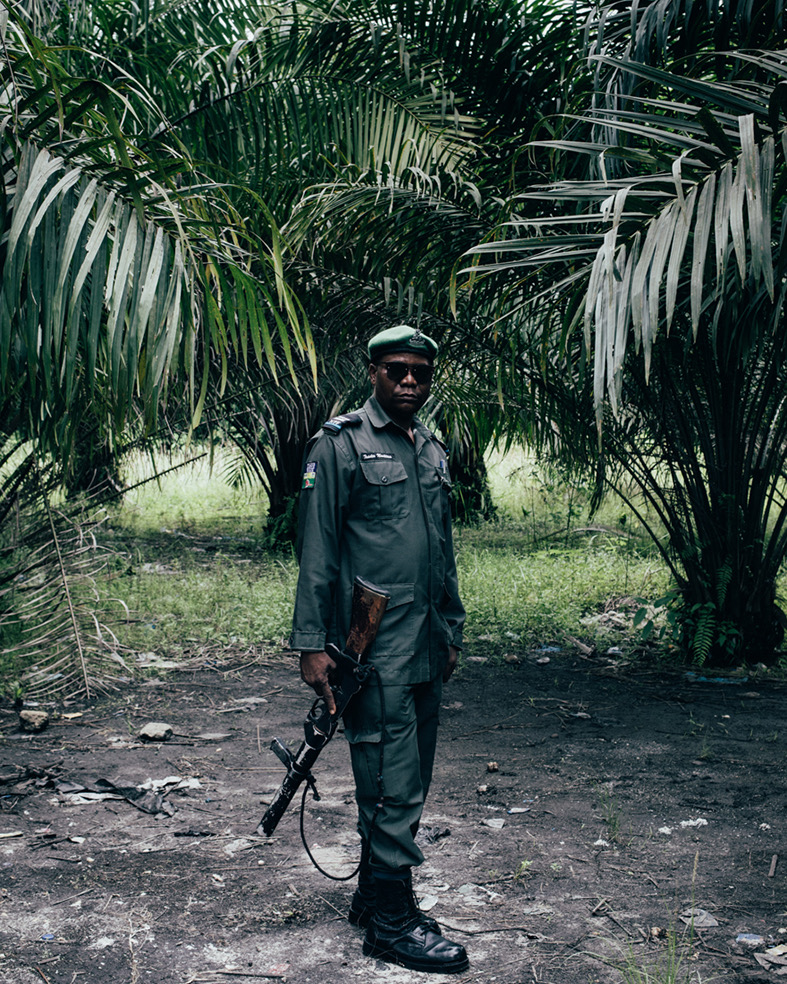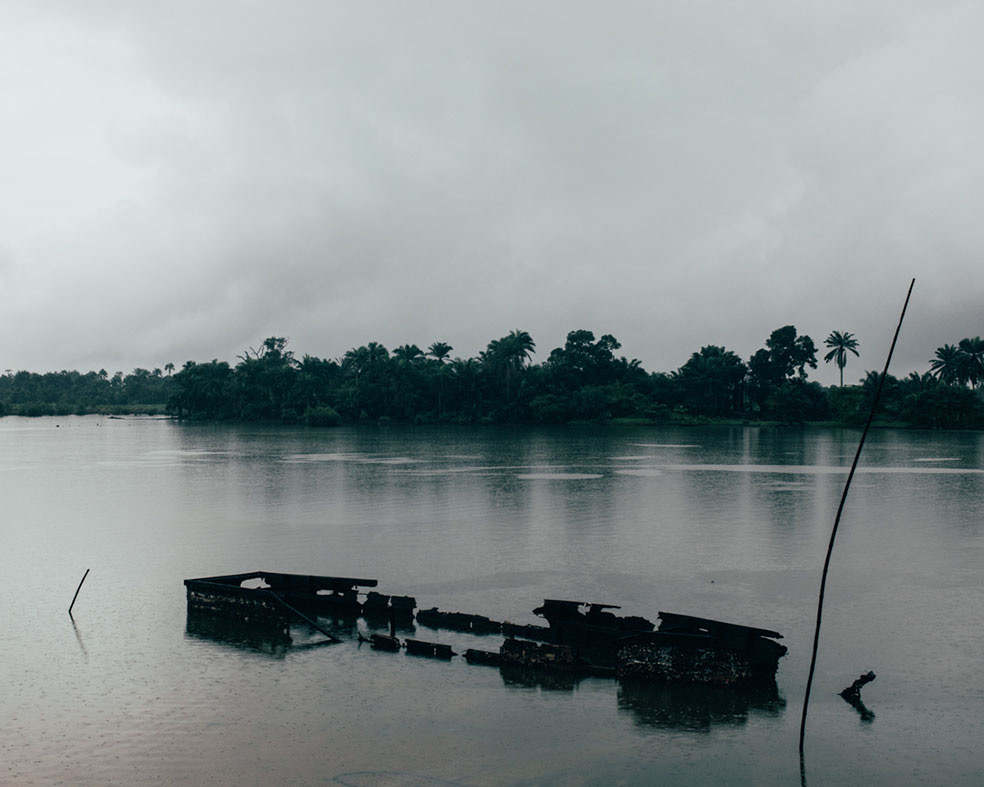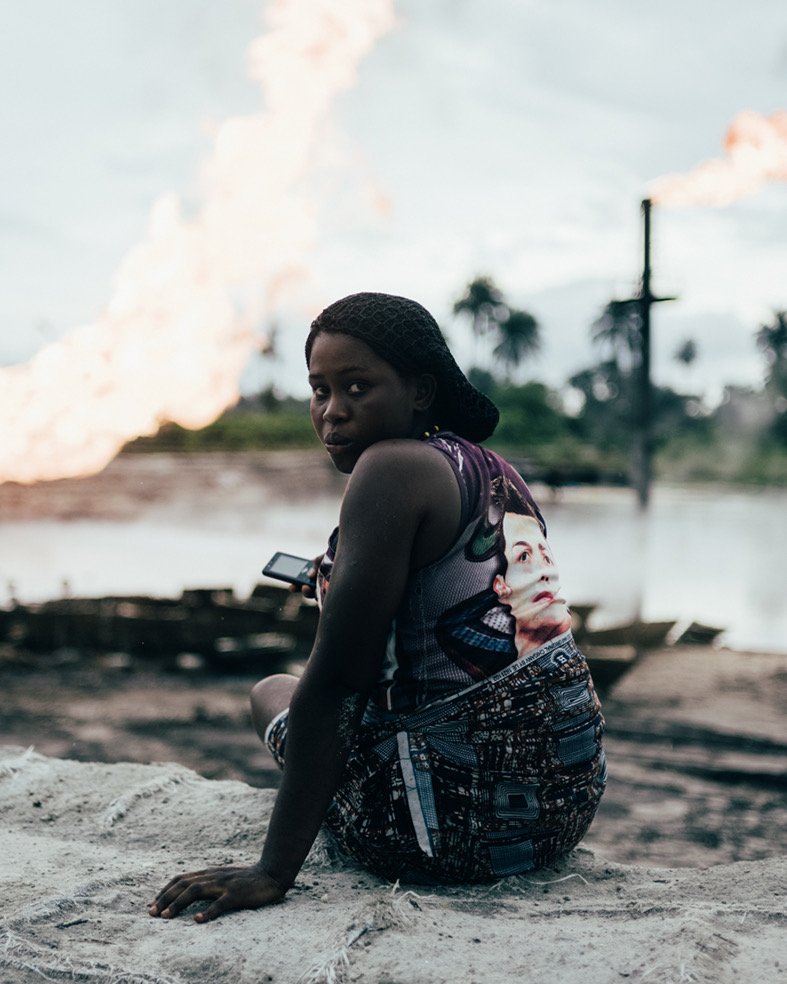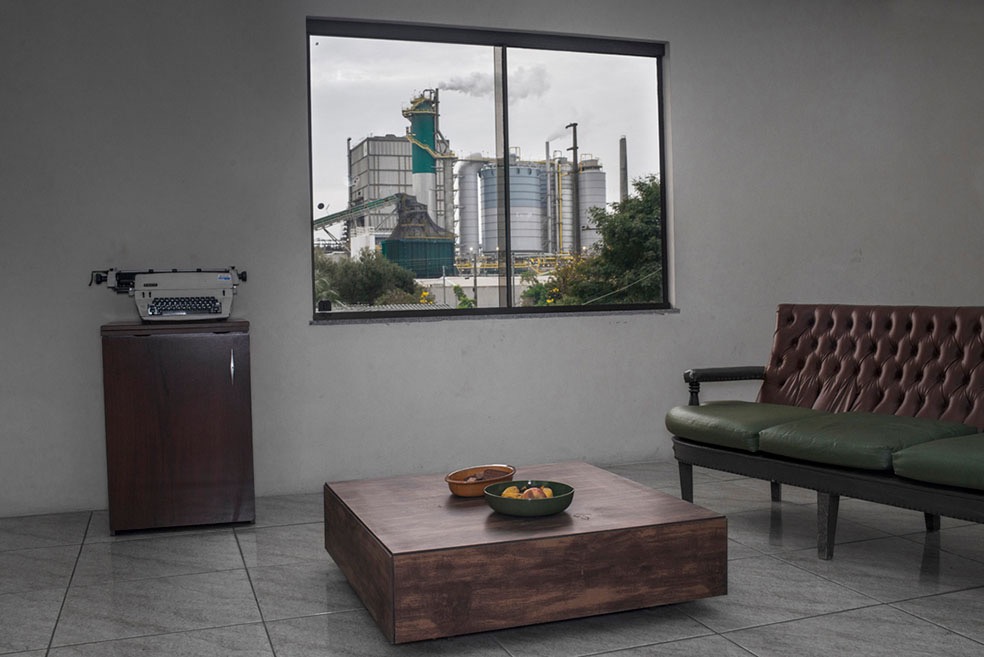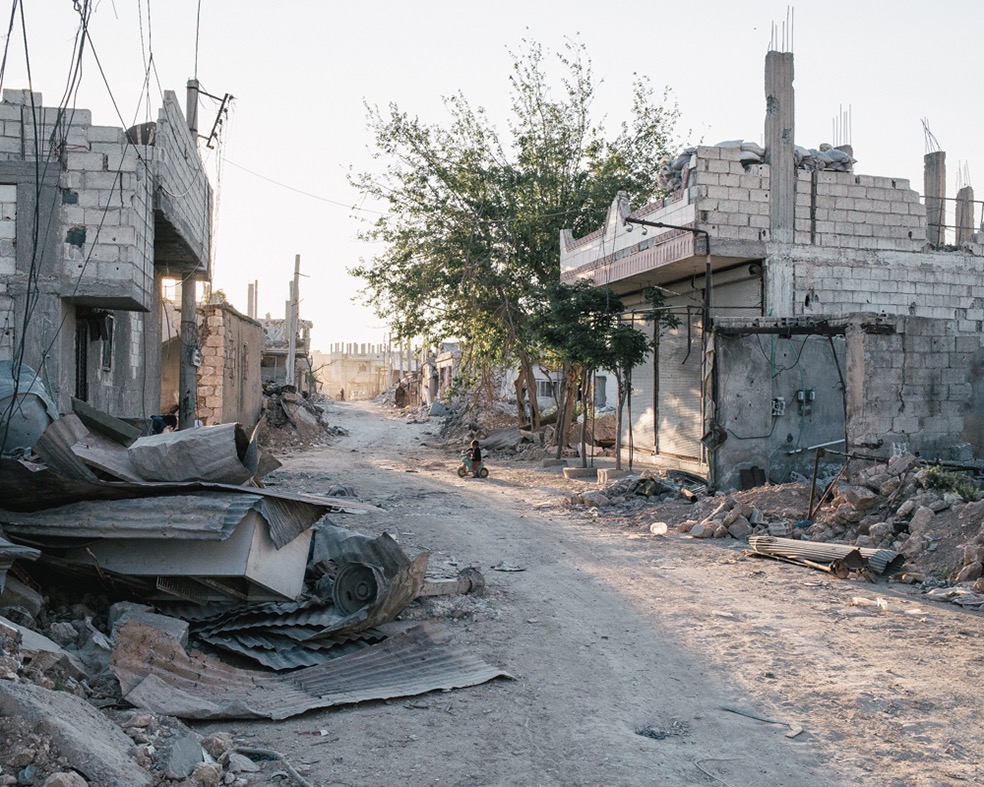The Project Wahala, was shot in July and August 2019 in Nigeria. Especially in Lagos, Port Harcourt and the Niger Delta. The Niger Delta covers 20,000 km within wetlands of 70,000 km formed primarily by sediment deposition. Home to 20 million people and 40 different ethnic groups, this floodplain makes up 7.5% of Nigeria‘s total land mass. It is the largest wetland and maintains the third-largest drainage basin in Africa. Once it was an incredibly well endowed ecosystem which contained one of the highest concentrations of biodiversity on the planet. Then the Oil industry discovered the area for their interests and the problems begin to occur.
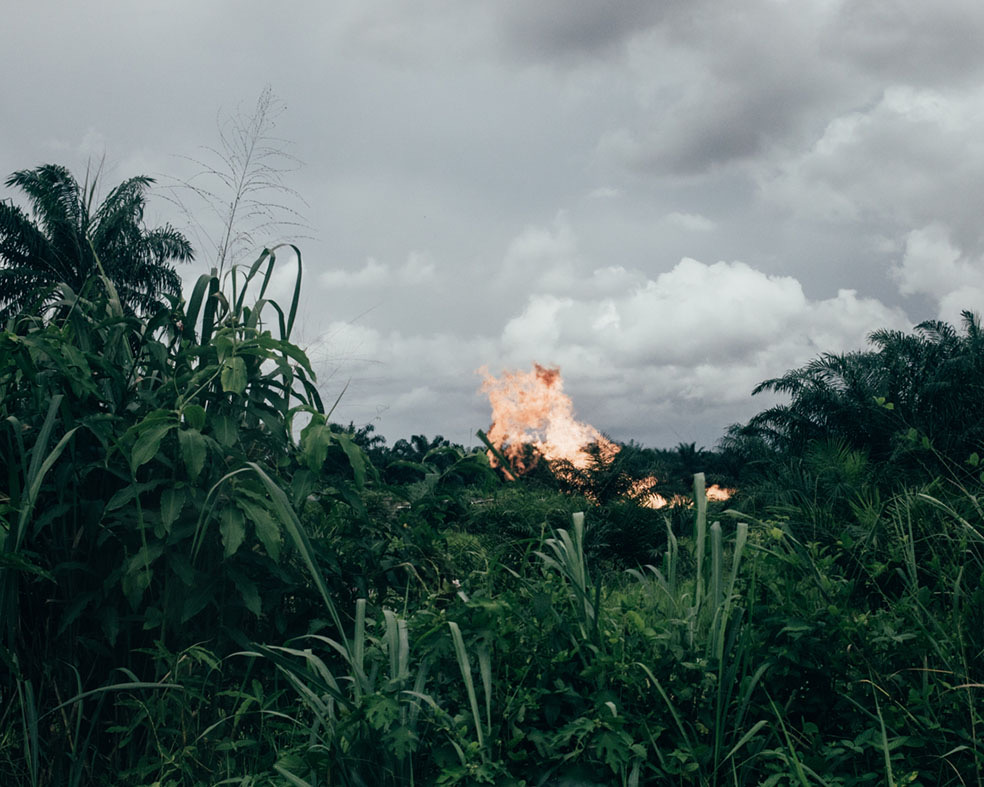
The Department of Petroleum Resources estimated 1.89 million barrels of petroleum were spilled into the Niger Delta between 1976 and 1996 out of a total of 2.4 million barrels spilled in 4,835 incidents. (approximately 220 thousand cubic metres). A UNDP report states that there have been a total of 6,817 oil spills between 1976 and 2001, which account for a loss of three million barrels of oil, of which more than 70% was not recovered. 69% of these spills occurred off-shore, a quarter was in swamps and 6% spilled on land.
So far no real actions has been taking place to clean up and renaturalize the Niger Delta. And the problems are still the same even growing. For example Oil Spills. Oil Spills are very common in Nigeria. Half of all spills occur due to pipeline and tanker accidents (50%), other causes include sabotage (28%) and oil production operations (21%), with 1% of the spills being accounted for by inadequate or non-functional production equipment. Corrosion of pipelines and tankers is the rupturing or leaking of old production infrastructures that often do not receive inspection and maintenance. A reason that corrosion accounts for such a high percentage of all spills is that as a result of the small size of the oilfields in the Niger Delta, there is an extensive network of pipelines between the fields, as well as numerous small networks of flowlines—the narrow diameter pipes that carry oil from wellheads to flowstations—allowing many opportunities for leaks. In onshore areas most pipelines and flowlines are laid above ground. Pipelines, which have an estimate life span of about fifteen years, are old and susceptible to corrosion. Many of the pipelines are as old as twenty to twenty-five years. Another Problem is the natural Gas Flaring. Nigeria flares more natural gas associated with oil extraction than any other country, with estimates suggesting that of the 3.5 billion cubic feet (100,000,000 m³) of associated gas (AG) produced annually, 2.5 billion cubic feet (70,000,000 m³), or about 70%, is wasted by flaring.This equals about 25% of the UK‘s total natural gas consumption and is the equivalent to 40% of Africa‘s gas consumption in 2001. Statistical data associated with gas flaring are notoriously unreliable, but Nigeria may waste US$2 billion per year by flaring associated gas.
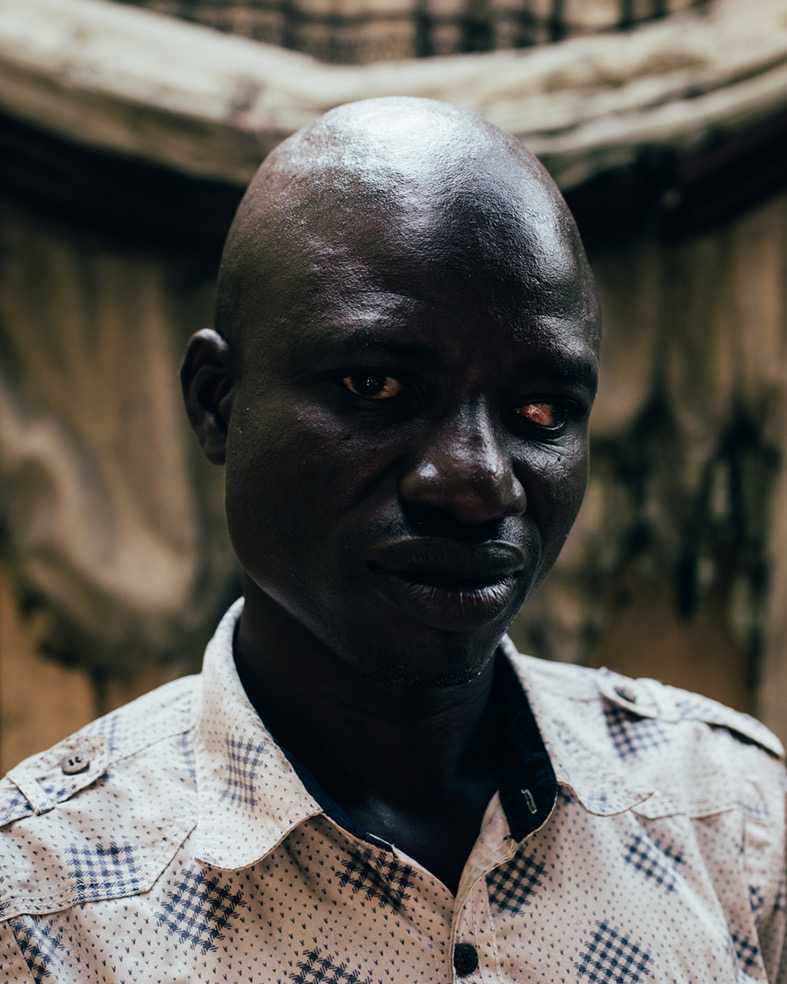
Flaring is done as it is costly to separate commercially viable associated gas from the oil. Companies operating in Nigeria also harvest natural gas for commercial purposes but prefer to extract it from deposits where it is found in isolation as non-associated gas. Thus associated gas is burned off to decrease costs.
Gas flaring is generally discouraged as it releases toxic components into the atmosphere and contributes to climate change. In western Europe 99% of associated gas is used or re-injected into the ground. Gas flaring in Nigeria began simultaneously with oil extraction in the 1960s by Shell-BP. Alternatives to flaring are gas re-injection or to store it for use as an energy source. If properly stored, the gas could be used for community projects.
Gas flaring releases of large amounts of methane, which has a high global warming potential. The methane is accompanied by the other major greenhouse gas, carbon dioxide, of which Nigeria was estimated to have emitted more than 34.38 million metric tons of in 2002, accounting for about 50% of all industrial emissions in the country and 30% of the total CO2 emissions. While flaring in the west has been minimized, in Nigeria it has grown proportionally with oil production.
Says Robin: I am using this scenery as a backdrop to develop a narrative in photographic images about the problems in Nigeria/West Africa but also about the challenges of the 21st century. I worked there for 3 weeks starting in Lagos, travelling to Port Harcourt visiting the Niger Delta. I have visited Gas Flaring Sites in Ughelli, artisinal refineries in Bodo and meet a lot of different communities in their unfortunately polluted environments.
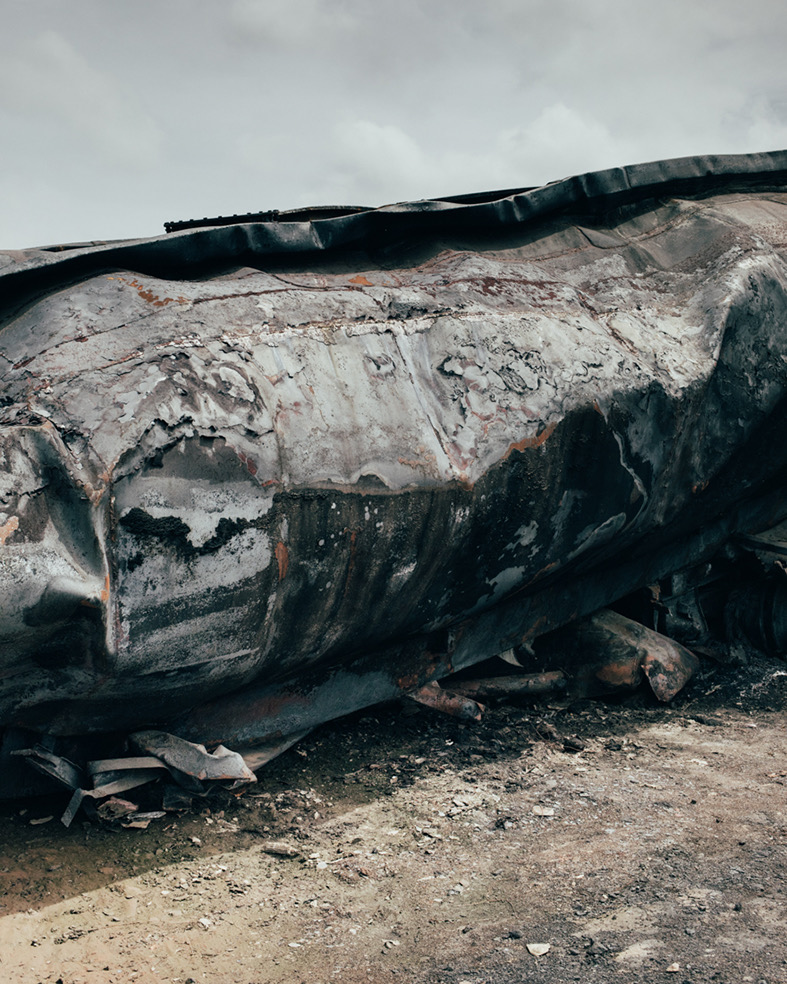
Robin Hinsch was born in 1987. He studied Photography at the HFG-Karlsruhe in the Class of Prof. Elger Esser, at the HH-Hannover and at the HAW Hamburg in the Class of Prof. Vincent Kohlbecher where he earned his BA in Photography. Currently Robin Hinsch continues his studies at the HAW Hamburg in the Master Program in the class of Prof. Vincent Kohlbecher. His work has been awarded with the International Photography Award, the European Photo Exhibition Award, the Canon Profifoto Förderpreis, the Art Award of the Hamburger Börse and has been shortlisted at the Leica Oskar Barnack Prize and the Lucie Awards, to name a few. In his work he mainly focusses on social issues and some sort of self-experienced subjective,intuitive storytelling.
Robin Hinsch lives in Hamburg. His work has seen him travel to Ukraine, Poland, Russia, Syria, Turkey, Malaysia, Senegal, Singapur, Marocco, Australia, the USA and a lot of different european countries.
Website: robinhinsch.com
